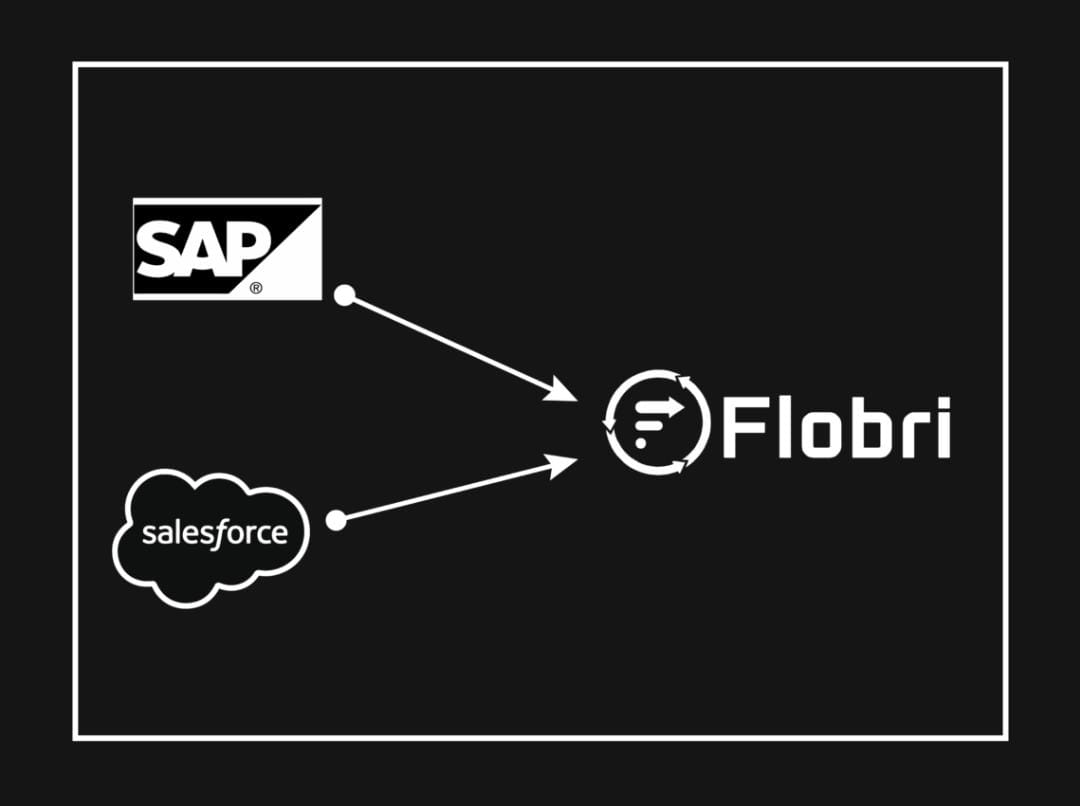In an era of increasing cybersecurity threats, process automation has revolutionized industries by streamlining operations and enhancing efficiency. However, this reliance on interconnected systems comes with heightened vulnerabilities. As we step into 2025, implementing robust security measures is no longer optional. Enter Zero Trust Security—a modern approach designed to safeguard data in the dynamic landscape of process automation.
What is Zero Trust Security?
“Never trust, always verify” is the guiding principle of the Zero Trust Security system. Zero Trust makes the assumption that threats can come from anywhere, both inside and outside the company, in contrast to conventional security models that depend on a clearly defined perimeter. It highlights:
- Continuous Verification: All access requests, regardless of where they come from, are verified and authenticated.
- Least Privilege Access: Systems and users are only given the authorization required to carry out particular tasks.
- Micro-Segmentation: To prevent lateral movement in the event of a breach, networks are separated into smaller pieces.
The Importance of Zero Trust in Process Automation
Process automation involves multiple systems, devices, and users working in harmony. With such complexity, traditional security methods often fail to address modern threats like insider breaches, supply chain attacks, or sophisticated malware. Zero Trust Security offers:
- Enhanced Protection: Ensures that no entity can access sensitive data without proper verification.
- Adaptability: Adjusts to the dynamic environment of automated processes.
- Resilience: Reduces the blast radius of potential breaches by isolating compromised areas.
Implementing Zero Trust in Process Automation
To integrate Zero Trust into process automation, organizations should follow a structured approach:
1. Identify and Classify Assets
Start by mapping all devices, systems, and data repositories involved in the automation processes. Categorize assets based on their criticality and sensitivity.
2. Enforce Multi-Factor Authentication (MFA)
MFA ensures that requests for access are validated using a variety of techniques, including biometrics, passwords, and token-based systems. This additional security measure greatly lowers the possibility of unwanted access.
3. Implement Least Privilege Access
Establish roles and limit access to just what is necessary for the work at hand. Review and change permissions frequently to avoid privilege creep. This reduces the possibility that excessive permissions may be abused or exploited.
4. Enable Network Micro-Segmentation
Divide networks into smaller zones with specific access controls. This limits the spread of breaches and enhances monitoring. For example, if one segment is compromised, the attacker cannot easily access other parts of the network.
5. Leverage AI and Machine Learning
Utilize AI-driven tools to detect anomalies, monitor access patterns, and predict potential threats in real time. These technologies enhance threat detection and response capabilities, making the Zero Trust model more effective.
6. Regularly Update and Patch Systems
Make sure that the most recent security fixes are installed on all hardware and software. By doing this, vulnerabilities are decreased and a solid security posture is maintained.
Benefits of Zero Trust in 2025
As cyber threats evolve, Zero Trust Security provides significant advantages for process automation:
- Proactive Defense: Identifies and mitigates risks before they escalate. Continuous monitoring and verification reduce the likelihood of successful attacks.
- Compliance: Helps meet stringent regulatory requirements for data protection, which are becoming more critical with global privacy laws.
- Operational Continuity: Minimizes downtime caused by security incidents. By isolating threats quickly, operations can continue with minimal disruption.
- Increased Trust: Builds confidence among stakeholders by demonstrating a commitment to robust security practices.
Challenges in Adopting Zero Trust
While the benefits are compelling, implementing Zero Trust is not without challenges:
- Complex Integration: Adapting existing systems to a Zero Trust framework can be resource-intensive. Organizations may need to overhaul legacy infrastructure to accommodate new security measures.
- Cultural Resistance: Employees and stakeholders may resist changes to established workflows, especially if new security protocols are perceived as cumbersome.
- Cost: Initial investments in technology, training, and resources can be substantial. However, these costs are often outweighed by the long-term savings from avoided breaches and downtime.
Future of Zero Trust in Process Automation
As technology advances, Zero Trust Security will continue to evolve. Key trends to watch include:
- Integration with IoT: Ensuring the security of IoT devices used in automated processes will become increasingly important. These devices are often vulnerable entry points for attackers.
- Blockchain for Verification: Leveraging blockchain technology for immutable and decentralized authentication can enhance security and transparency.
- AI-Driven Threat Hunting: Expanding the use of AI to anticipate and neutralize emerging threats will be a cornerstone of Zero Trust implementations.
Real-World Applications
Organizations across industries are already reaping the benefits of Zero Trust Security. In manufacturing, for example, Zero Trust helps protect interconnected industrial control systems (ICS) from cyberattacks. In healthcare, it ensures that sensitive patient data remains secure even as automation optimizes workflows.
Conclusion
In 2025, the need for Zero Trust Security in process automation is more critical than ever. By adopting this proactive and comprehensive approach, organizations can protect their data, maintain operational integrity, and stay ahead in an increasingly connected world. The journey to Zero Trust may be challenging, but the rewards in terms of security, trust, and resilience are undeniable. With a strategic plan and commitment to continuous improvement, businesses can embrace automation without compromising on security.

